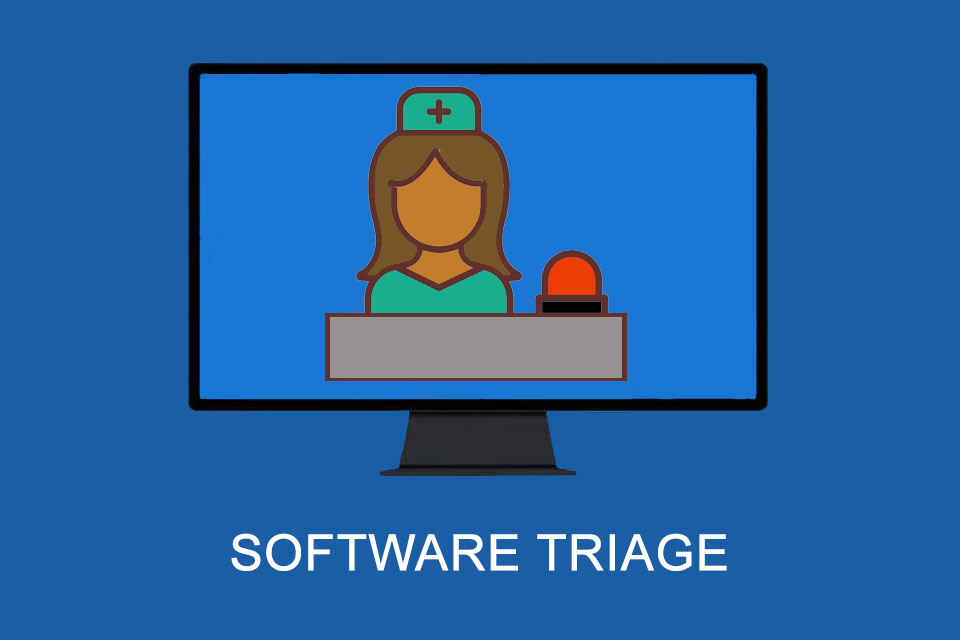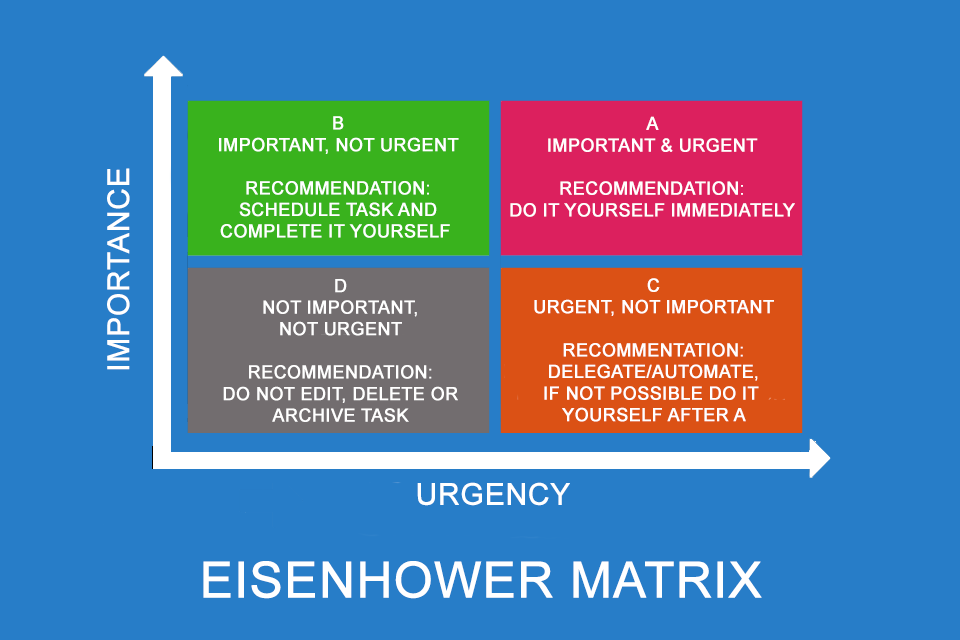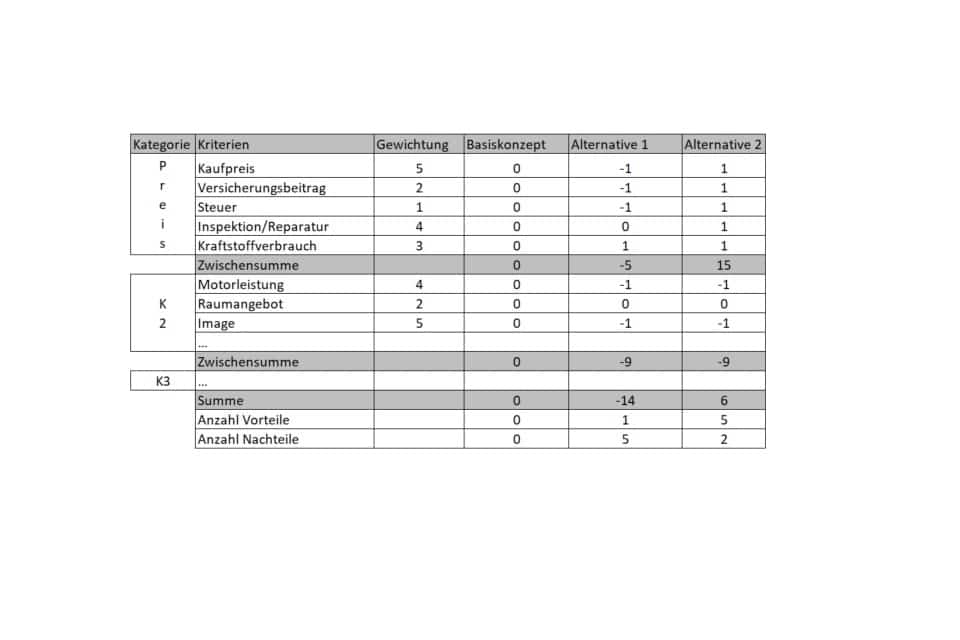What is Software Triage?
Software triage – the need to make critical decisions when developing software
A company is about to launch a new software version. The development teams have been working for months to finalise all the functions. But suddenly serious errors appear: security gaps, malfunctions, system crashes, malfunctions. At the same time, customers report critical problems in the current version that need to be rectified immediately in order to safeguard ongoing operations. Time is of the essence and resources are limited. The market will not wait, and a delay could have catastrophic financial consequences.
The company is in a dilemma: the development teams do not have enough time or resources to fix all the problems that have arisen before the launch. The pressure is mounting and every decision carries risk – a faulty product could damage customer confidence and the company’s reputation, while a delayed launch could result in financial losses.
At this point, the company has to make a difficult but unavoidable decision: It has to decide quickly which errors must be rectified immediately and which can be put on hold. In such a crisis situation, software triage [1] comes into play.
Software triage is the process by which critical software errors are evaluated and prioritised in a kind of emergency. Similar to emergency medicine, where patients are prioritised according to the severity of their injuries, software triage is used to efficiently focus resources on the most urgent problems. The aim is to avert the greatest damage and make the software as stable as possible – even if this means that some less critical errors initially go unnoticed.
The challenge is to find the balance between urgency and impact of the defects in order to bring the product to market on time with acceptable quality. Software triage is therefore not a regular decision that is made on a daily basis, but a measure taken in exceptional circumstances – when quick and targeted action determines success or failure.
Software triage process
The software triage process can be divided into the following steps:
- Recording of problems
- Screening and initial assessment
- Prioritisation and evaluation
- Resource allocation
- Communication and documentation
- Review and follow-up
- Continuous reassessment
The first step in the software triage process is to identify problems. Errors and bugs are collected from various sources such as automated tests, customer feedback or reports from developers. With the help of tools such as Jira or Bugzilla, the information is recorded in a structured manner in order to create a clear overview.
This is followed by a review and initial assessment of the reported problems. Here, a rough assessment is made of which problems are potentially the most serious and require urgent attention. The aim is to quickly filter out the critical problems so that they can be assessed in more detail in a further step.
During prioritisation and evaluation, the errors are classified according to various criteria. The severity (how severely the error affects the functionality of the software) and the urgency (how quickly the error must be rectified in order to avoid further damage) are particularly important here.
Once the priorities have been set, resources are allocated. Development teams are assigned to the high-priority issues to fix the most urgent bugs. An emergency schedule is also created at this stage to ensure that the most important issues are resolved as quickly as possible.
Clear communication and documentation is essential in this process. All teams involved must be regularly informed of progress. Transparent updates and clear documentation ensure that everyone is on the same page and potential obstacles or delays are recognised early on.
As soon as a bug has been fixed, it is checked and tracked. The corrected error is tested again to ensure that the solution was successful and no new problems have arisen. This is an important step to ensure the quality of the error correction.
The entire process is supplemented by a continuous re-evaluation of the problems. New errors are continuously recorded and integrated into the process, while existing problems are followed up until the software is stable and the acute emergency has been overcome.
Challenges and tips for successfully performing software triage
Software triage is an unavoidable necessity in crisis situations. When critical errors occur under time pressure and resources are scarce, there is no alternative: decisions must be made immediately as to which problems have priority and which must wait. However, this process brings with it numerous challenges that go far beyond simple prioritisation. In order to act successfully in such moments, well thought-out strategies are needed that address the particular constraints and pressures of these exceptional situations.
1st challenge: Lack of complete information
In a crisis, time and resources are scarce. It can happen that error reports are incomplete or insufficiently documented, which makes an accurate assessment difficult. Unclear or missing information can lead to wrong decisions when it comes to assessing the urgency and severity of an error.
Tip: Promote a culture of precise and complete communication, even under time pressure. Develop standards for submitting errors in advance so that these are adhered to even in stressful situations. A clear, structured error description enables the team to make reliable decisions even with incomplete data.
2nd challenge: Conflicting priorities
Different stakeholders – from customers to developers to management – often have different ideas about which bugs should be fixed first. Conflicts can arise if customer problems are perceived as more urgent, while the development team prioritises the stability of the overall system.
Tip: Establish a clear, transparent method for prioritisation that is understood and accepted by all stakeholders. Objective criteria such as impact on the business, potential damage and technical complexity should play a central role. Use established approaches to make priorities comprehensible and minimise conflicts of interest.
3rd challenge: Time pressure vs. quality standards
In a crisis, time is of the essence – but this often means that errors have to be rectified under great pressure, which increases the risk of new, unexpected problems. A rush job could even exacerbate the situation if new bugs are introduced as a result of hectic corrections.
Tip: Fix the most serious issues as simply and effectively as possible without introducing additional complexity. It is also crucial to carry out immediate tests after each correction to ensure that no new problems arise. Adhere to established quality assurance guidelines even in times of crisis – even under time pressure, essential tests should not be skipped.
4th challenge: Scarcity of resources
When resources – whether time, employees or technical expertise – are scarce, it becomes a challenge to resolve all problems quickly enough. This can be a critical point, especially in small teams or when budgets are tight.
Tip: Optimise the use of resources through clear allocation and specialisation. Let the most experienced developers work on the most critical problems, while less urgent tasks can be outsourced to junior developers or external teams. Ensure that multiple team members are not working on the same issues at the same time to avoid duplication of effort. Use automation tools for testing and defect management where possible to save time.
5th challenge: Emotional stress and team dynamics
Crisis situations can cause emotional stress for everyone involved. Time pressure, stakeholder expectations and the fear of failure can lead to tension within the team and affect productivity.
Tip: Ensure regular communication and transparency to avoid misunderstandings and unnecessary pressure. Hold short, daily meetings to discuss progress, address fears and reassure the team. Ensure that team members are not overloaded by having to take on too many tasks. Realistic time management and regular breaks can help maintain team morale. Times of crisis require leadership that is both empathetic and efficient.
6th challenge: Dealing with unresolved problems
In software triage, not all problems can be solved immediately. Errors may be deliberately postponed, even though they could potentially have serious consequences. These decisions are often difficult to make as they involve compromises.
Tip: Keep a transparent list of open issues and inform all stakeholders clearly and regularly about which bugs have been deliberately postponed and why. Develop a clear strategy for the future management of these errors so that no problems ‘fall by the wayside’. You should also conduct a debriefing after each triage phase to evaluate which decisions were correct and where the process can be improved.
Impulse to discuss
Can organisations explicitly prepare for a software triage situation?
Notes:
The term ‘software triage’ is not widely used, as it originates from emergency medicine, where it is often a matter of life and death. Even if some developers and managers give the impression that software development is a similarly important topic, the reality is usually different. Triage is a situation that you want to avoid at all costs; unsurprisingly, the term is not particularly popular.
[1] The term triage comes from the French and stands for selection, sorting, screening.
If you like the article or would like to discuss it, please feel free to share it in your network. And if you have any comments, please do not hesitate to send us a message.
Here you can find additional information from our Smartpedia section:



